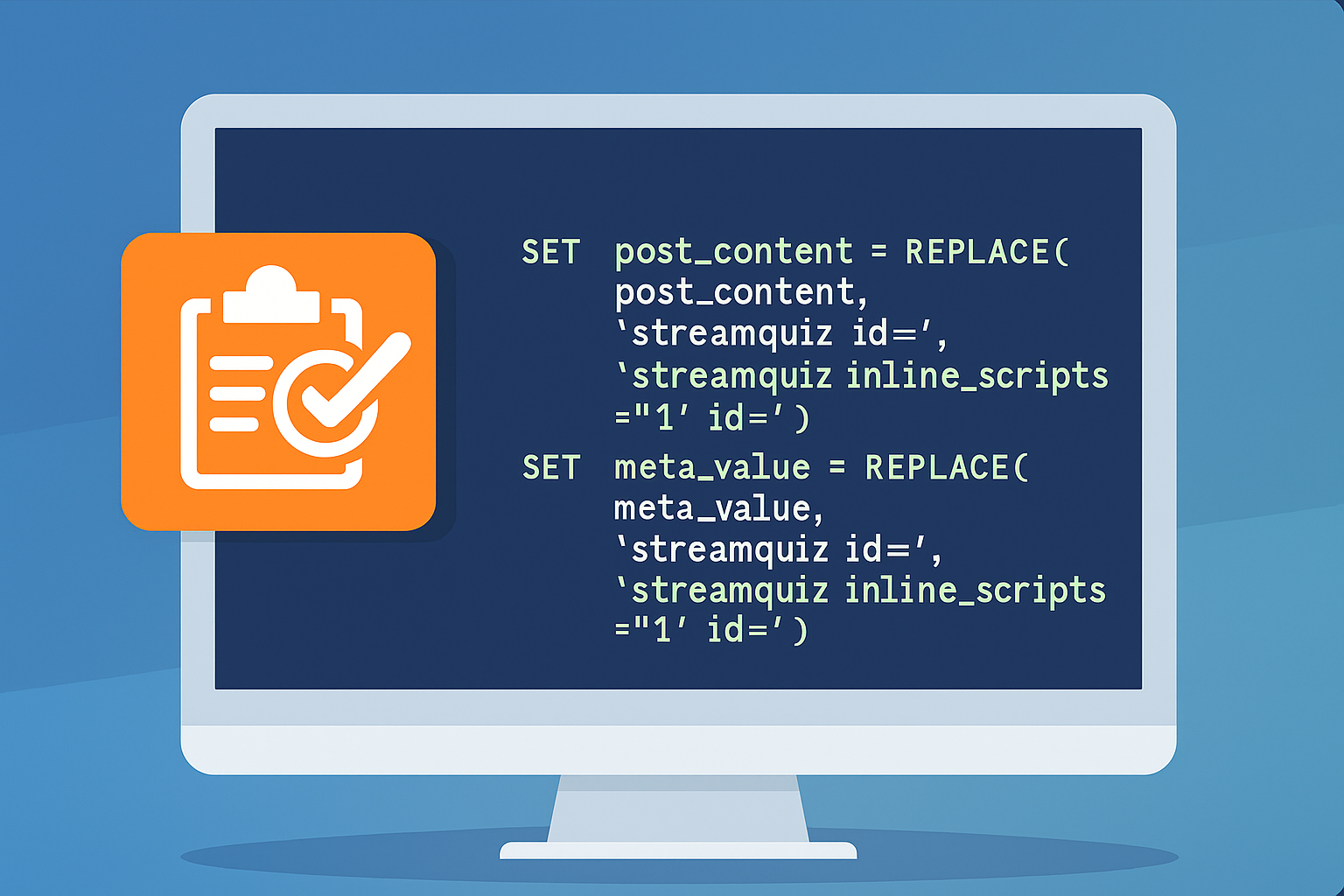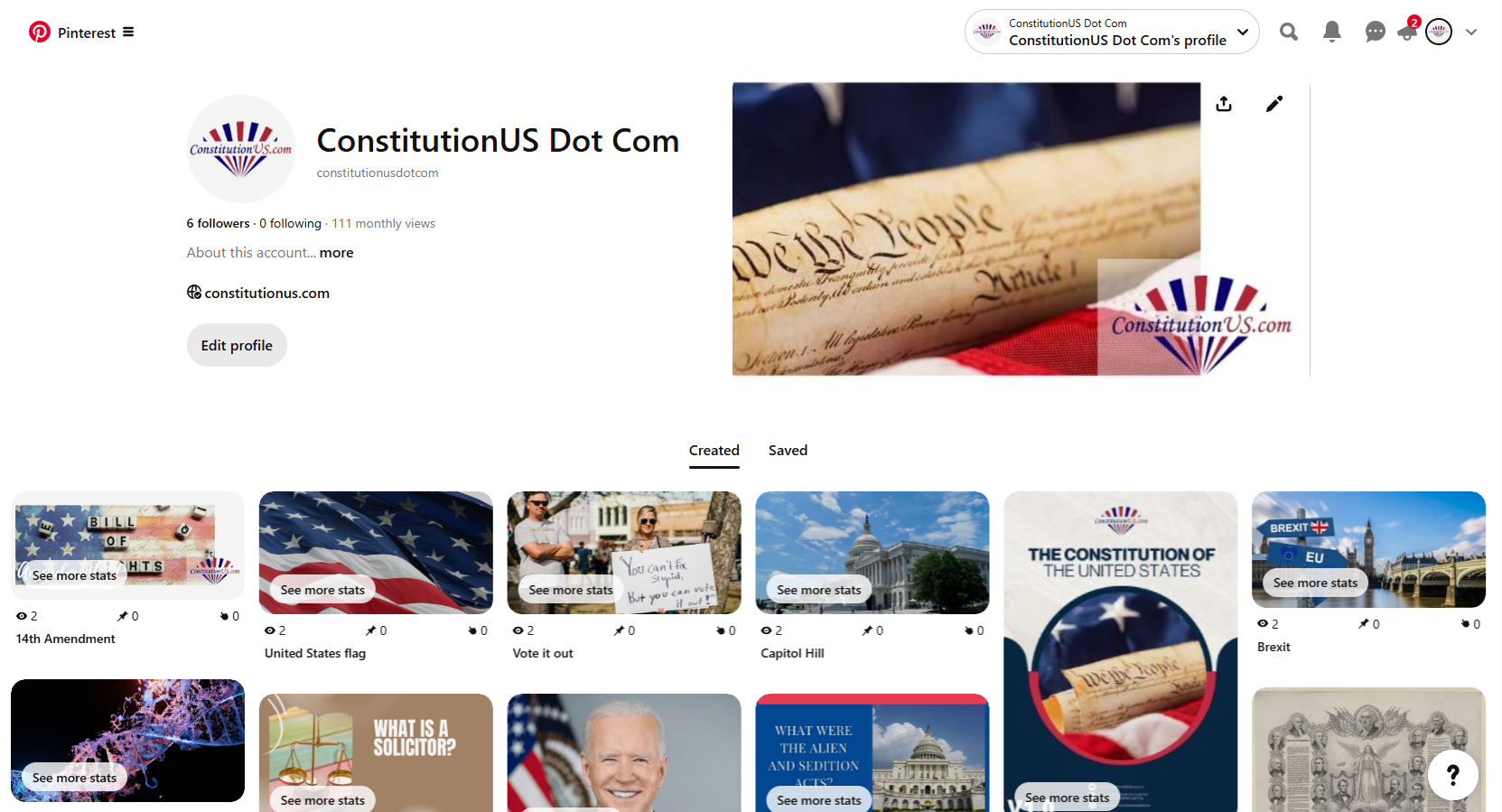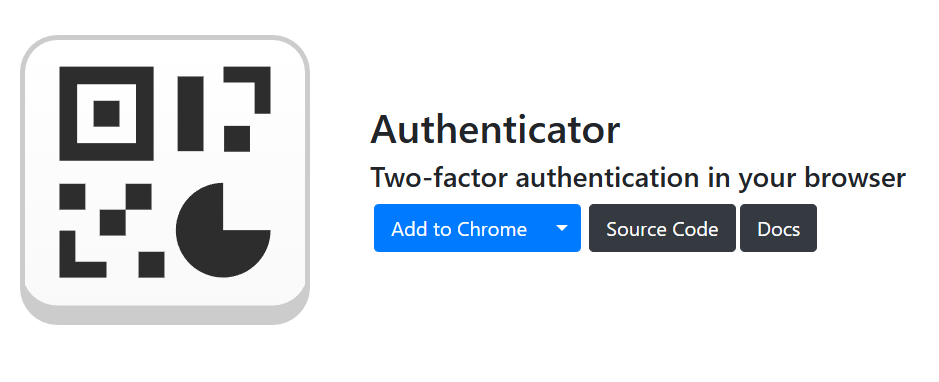-

Fixing ARI Stream Quiz in Elementor
Why Your ARI Stream Quiz Button Isn’t Responding You added [streamquiz id=”…”] in Elementor. The Start Quiz button shows up but does nothing. No console errors. No AJAX calls. Root Cause: Mismatched Quiz IDs By default, ARI Stream Quiz prints its init script in the footer. Elementor’s Shortcode widget runs your quiz twice—once in the…





